True or False: The average temperature of outer space is zero degrees Kelvin.
False. The fact that the universe is, on average, 3 degrees Kelvin indicates that there is leftover heat from the Big Bang. We call this Cosmic Microwave Background Radiation (CMBR).
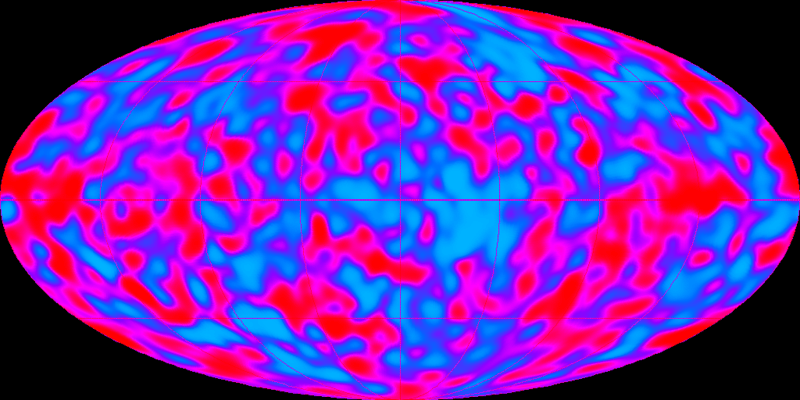
Is the star in our solar system considered a low, a medium, or a high mass star?
Our sun in our solar system is considered a low-mass star. (It it the most massive object within the solar system, but compared to other stars, it is very small!)
Which layer of the earth is the least dense?
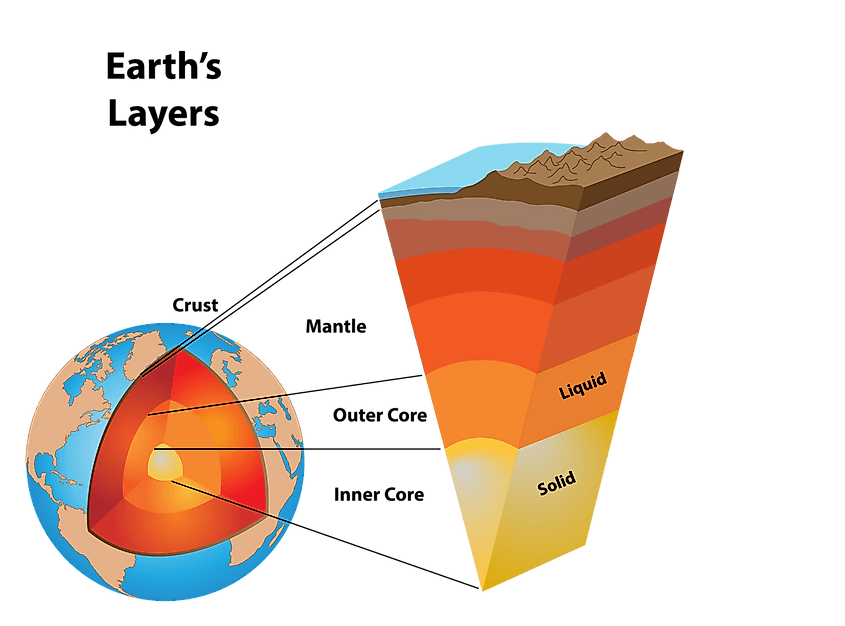
The crust (specifically, continental crust [versus oceanic crust]) and density increases as we move towards the inner core.
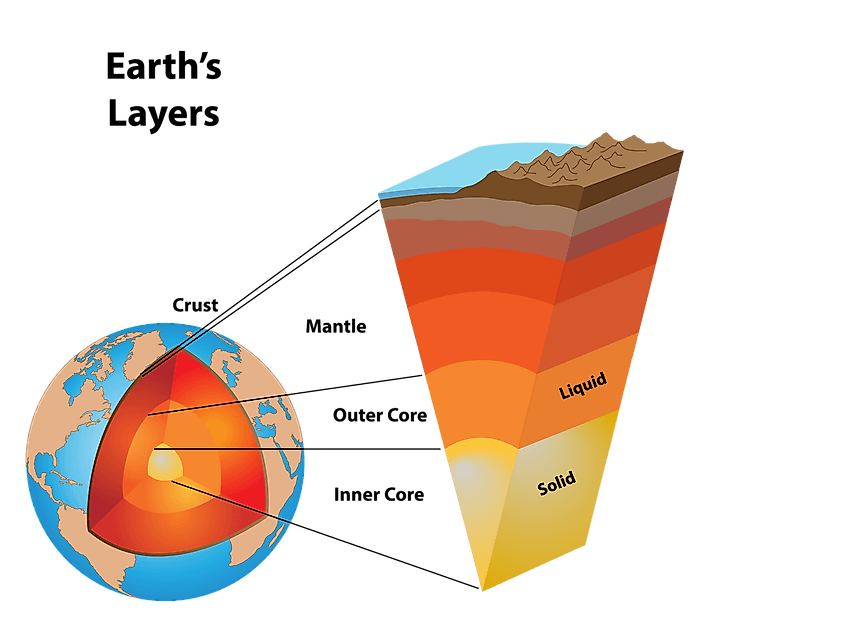
Convection in which of Earth's layers causes the movement of crustal tectonic plates?
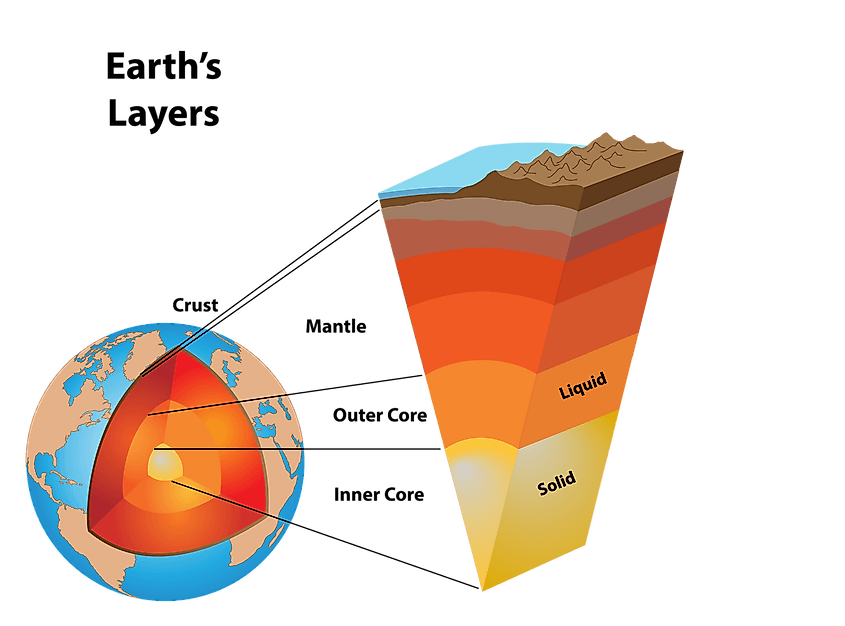
Convection in the mantle causes tectonic plates to move, and is why the continents have 'drifted' over hundreds of millions of years.
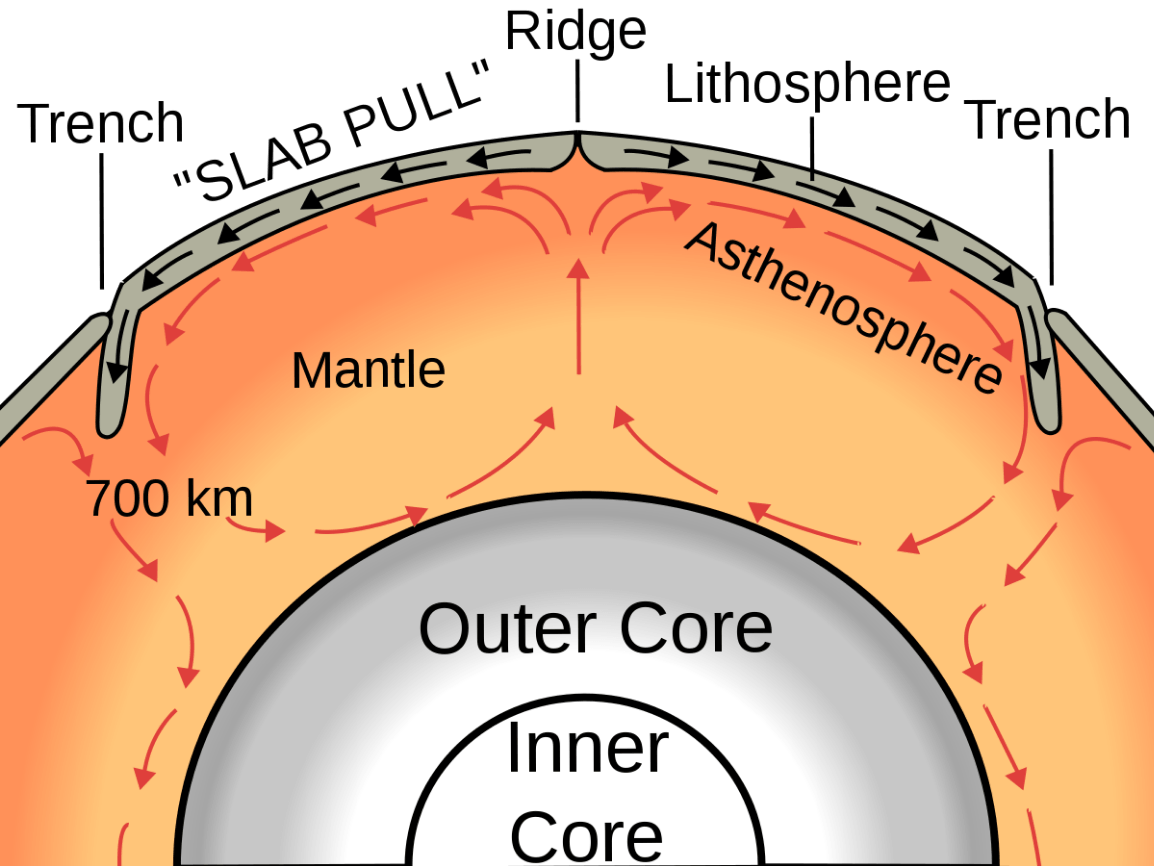
Human activity is generally considered a constructive or a destructive force?
Destructive
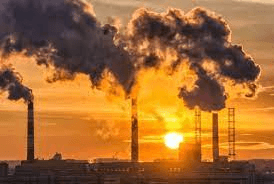
What two periodic table elements were first created after the Big Bang event?
Hydrogen and Helium (Lithium was also formed in very small quantities, but anything heavier was not created until fusion in stars began).
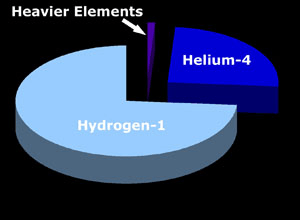
If our sun is considered an average star, then what would be it's final fate at the end of its life?
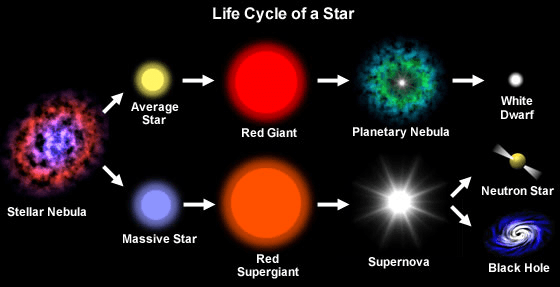
Read and analyze the diagram carefully! If you follow the "average star" line to the end, the final stage will be a white dwarf.
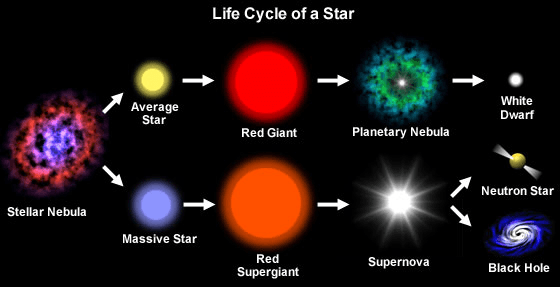
What force is responsible for the formation of Earth's layers in order of density?
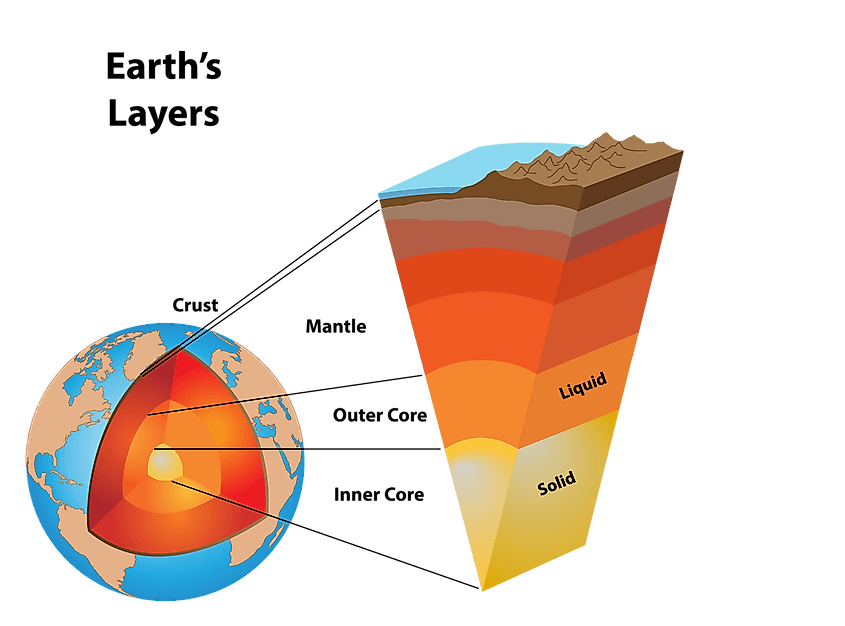
Gravity! The inner core is made of heavier elements like iron, and so is more dense than the crust, which is made of lighter elements like silicates.
What kind of boundary involves the pulling apart of two crustal tectonic plates?
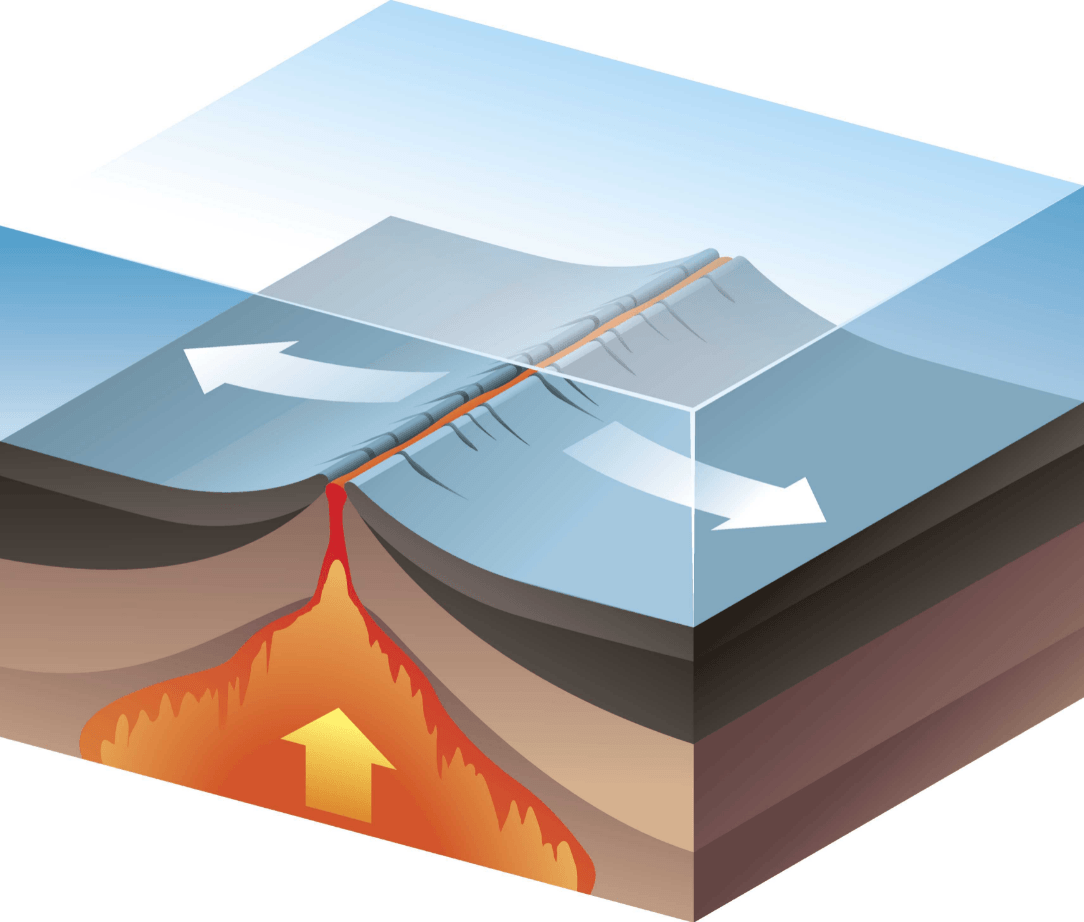
Divergent Boundary
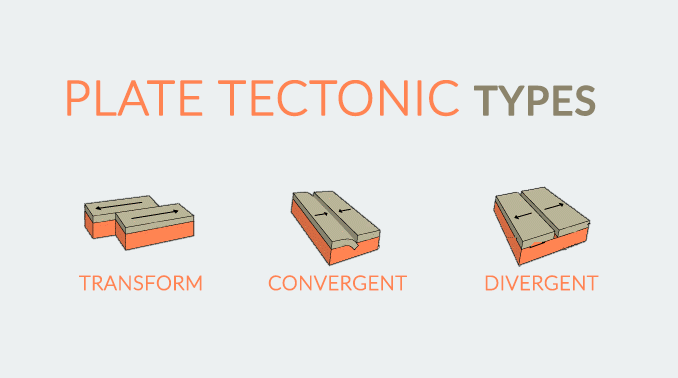
Is subduction considered a constructive or destructive force and why?
Subduction is considered a destructive force because the oceanic crust is sinking down into the mantle, where it melts and is recycled back into magma.
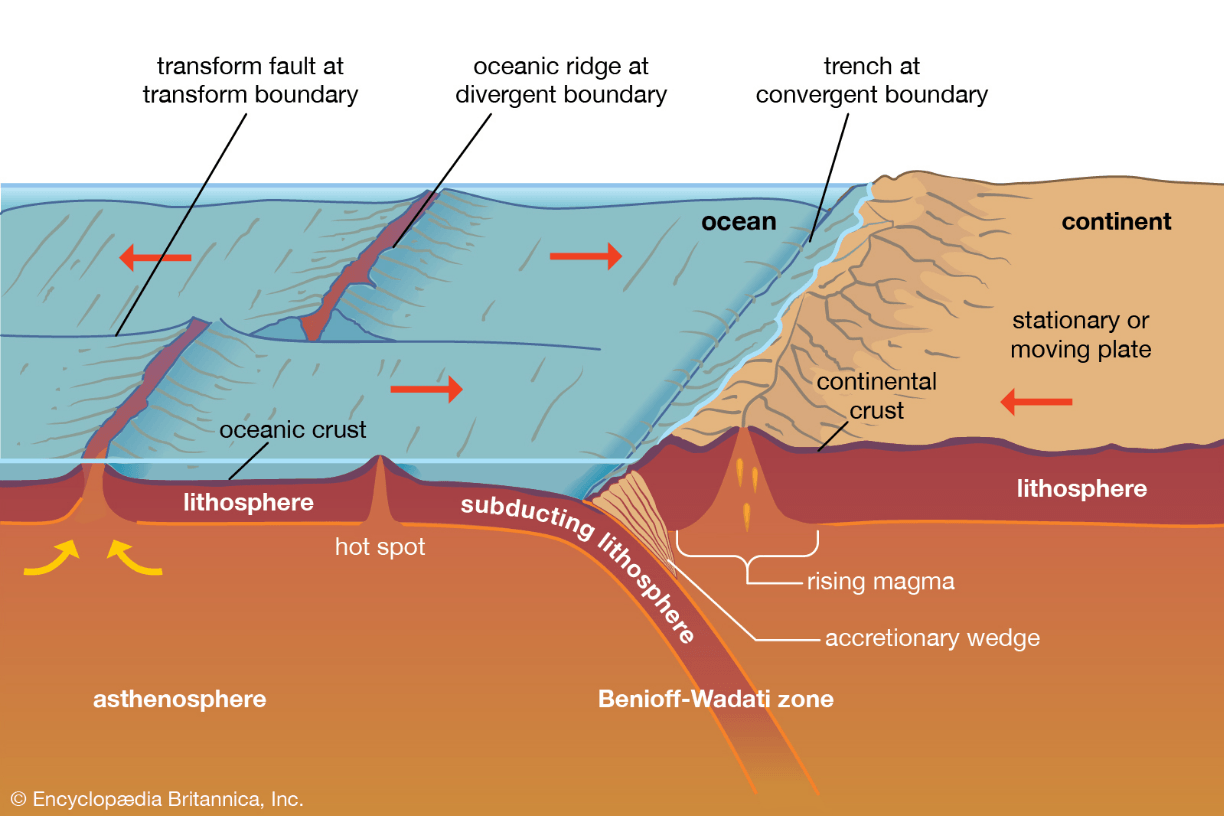
Look at the diagram below. Where is the wave frequency of sound from the firetruck the LOWEST?
Observer B is experiencing a lower frequency (lower pitch), because the wavelengths behind the truck are longer due to the fire truck moving AWAY from Observer B.
What is the average temperature of the sun in our solar system?
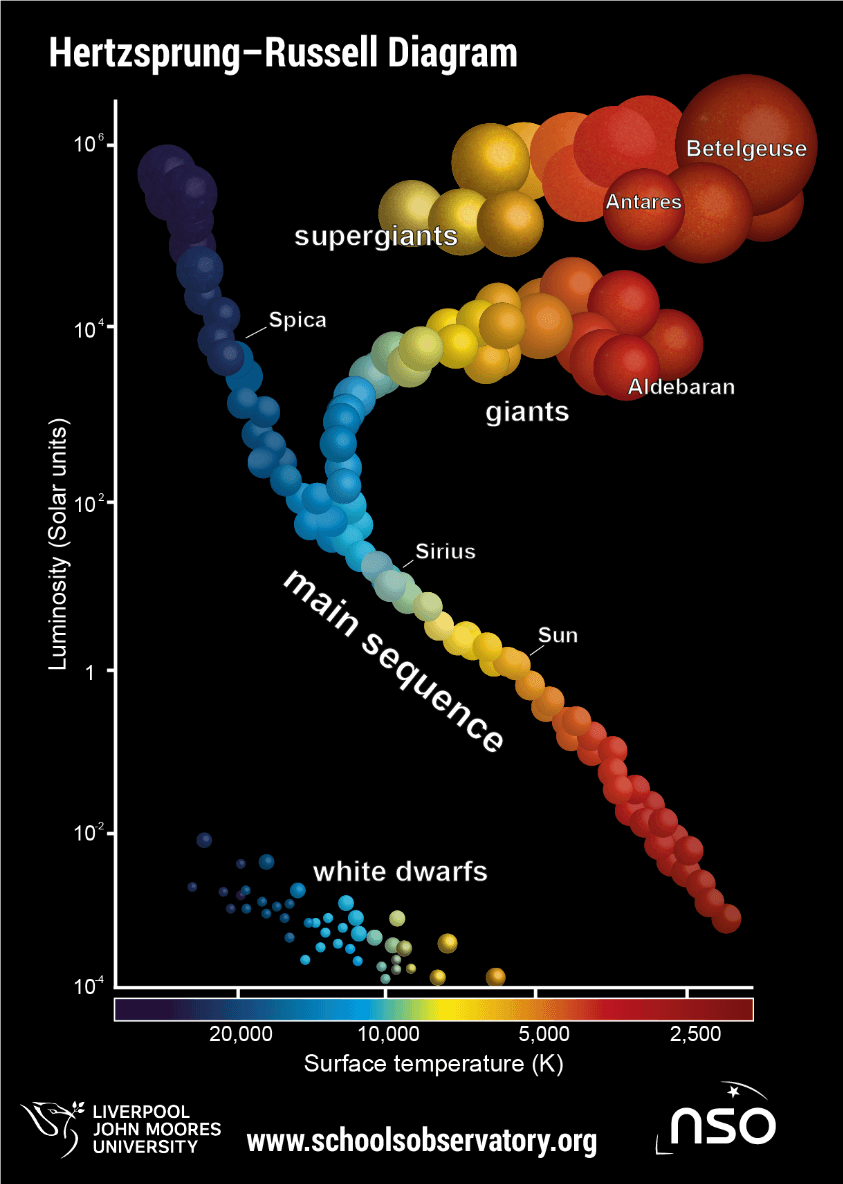
Approximately 5,000 degrees Kelvin (don't forget your units of measurement!)
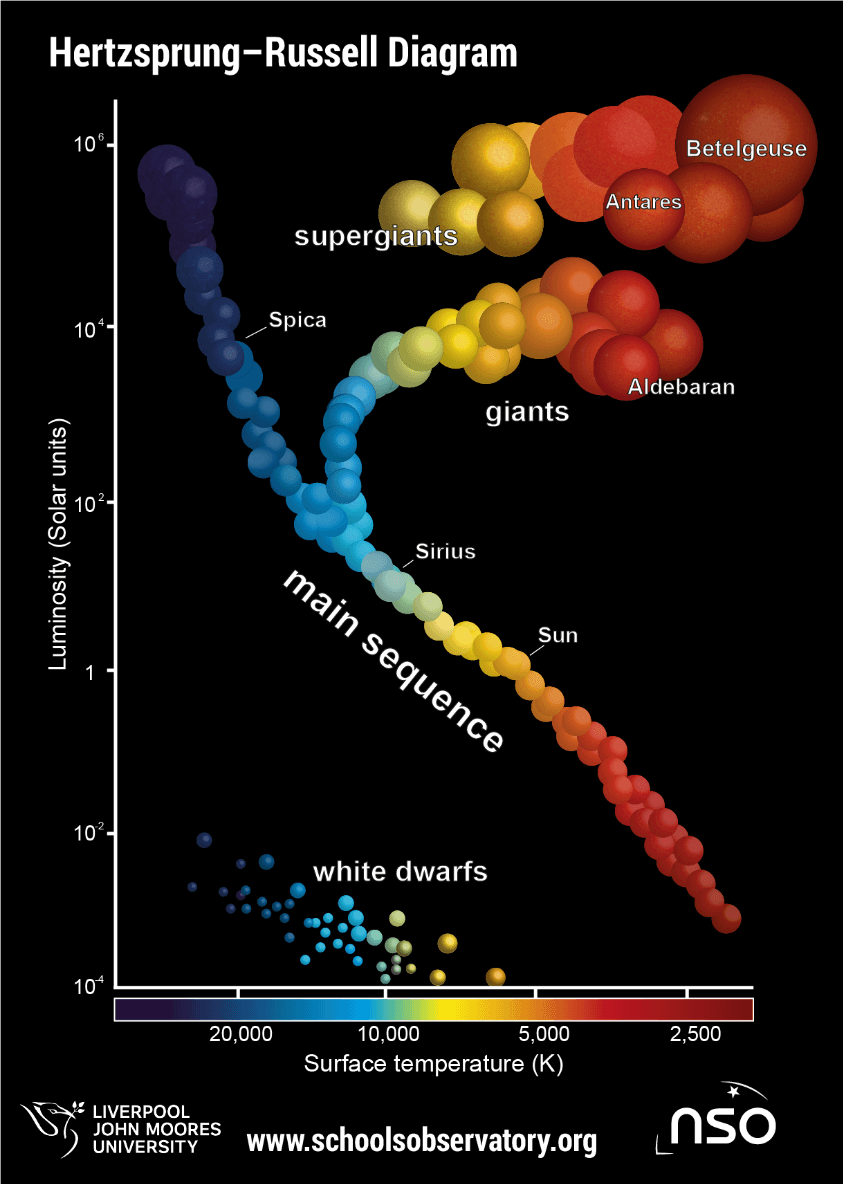
Convection in which of Earth's layers is responsible for generating electricity, which creates Earth's magnetic field?
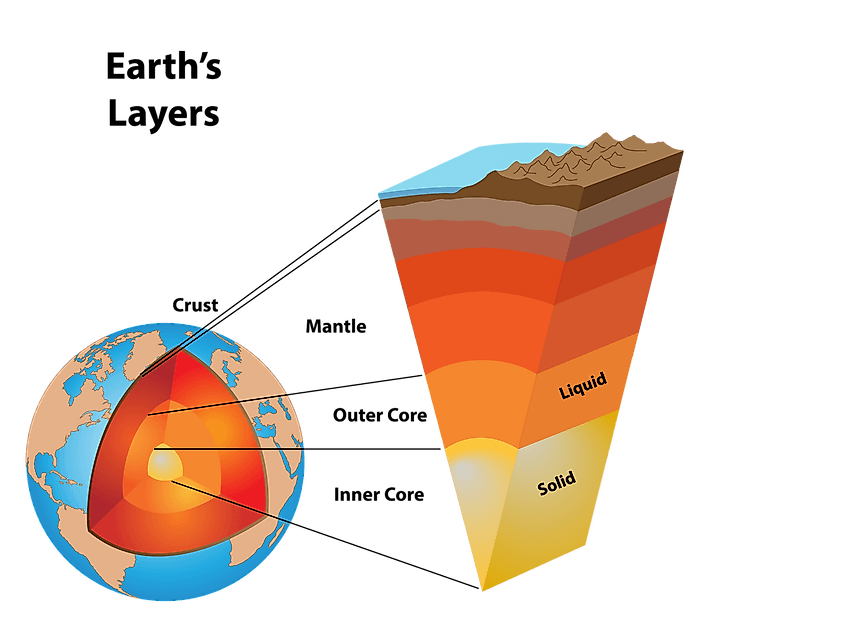
Convection in the outer core is responsible for generating Earth's magnetic field (this is the most probable theory scientists currently have).
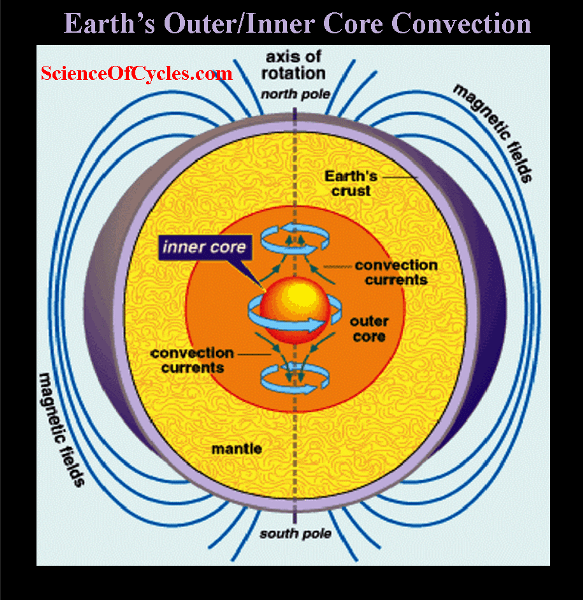
At divergent seafloor spreading boundaries, where is the youngest ocean floor located, and where is the oldest oceanic crust located?
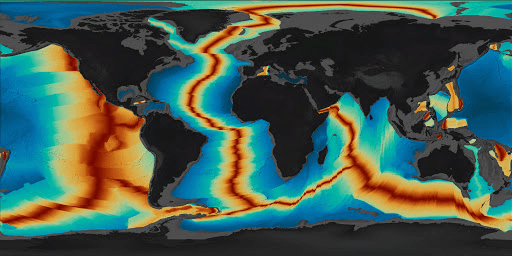
The youngest crust at a seafloor spreading boundary is located directly on either side of the boundary, and gets older as we get farther away on either side. 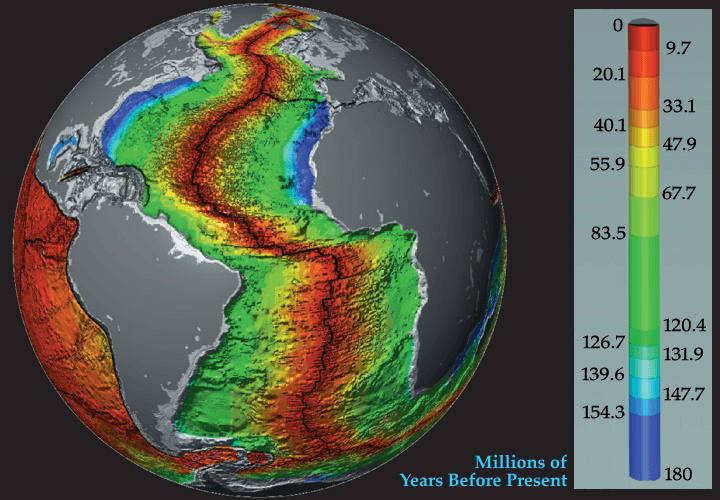
Is volcanism generally considered a constructive or destructive force, and why?
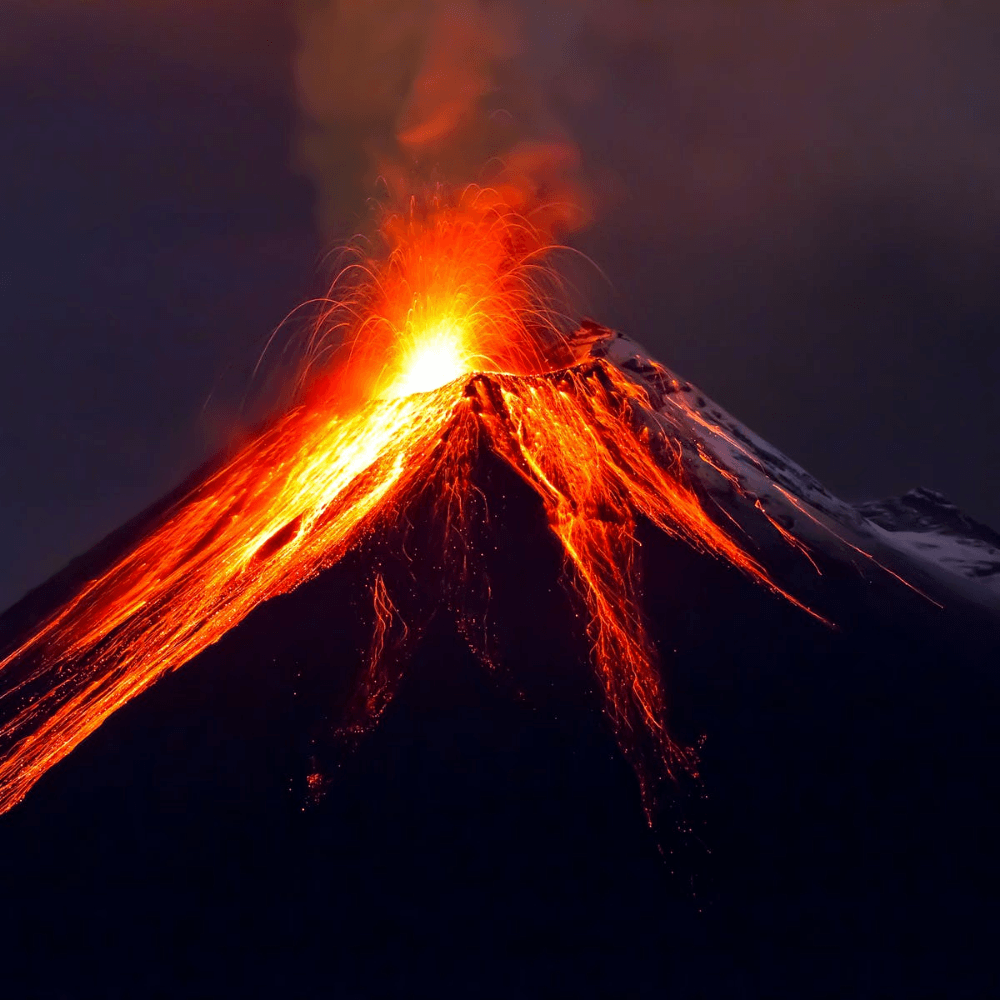
Volcanism is generally considered a constructive force because the cooling lava from a volcanic eruption cools to form new rock and crust.
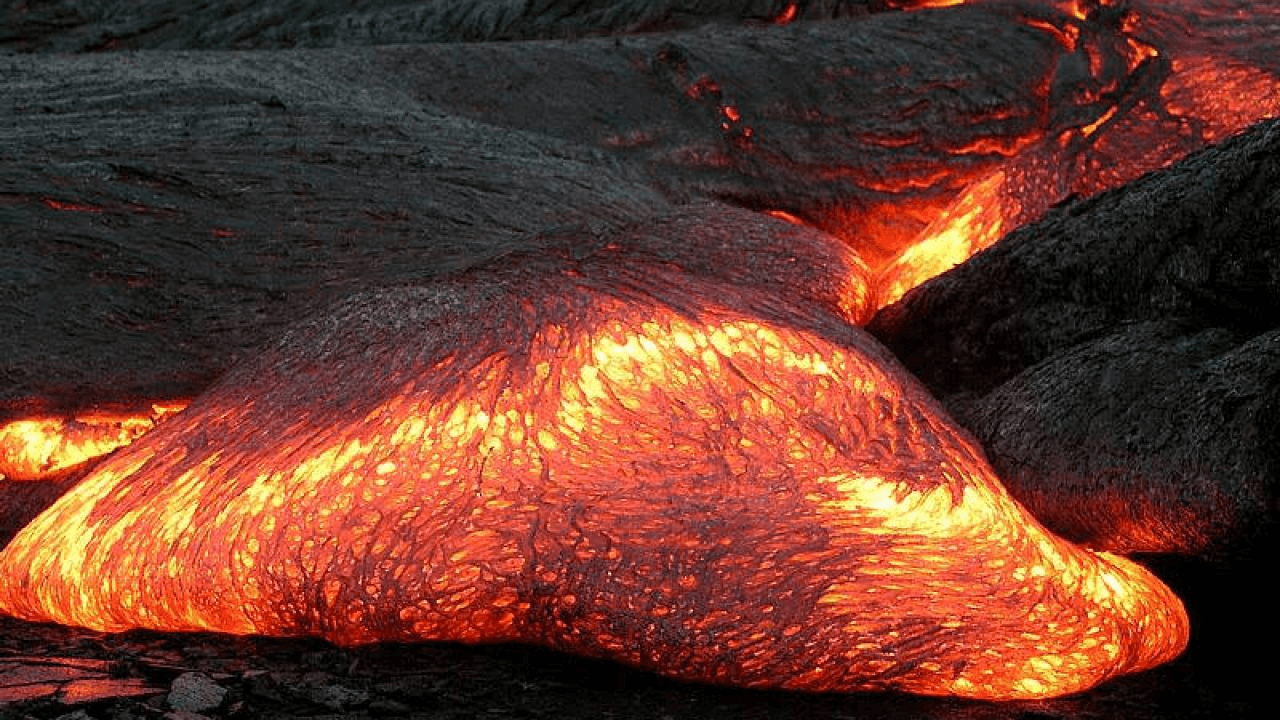
Look at the image below. Is the nearby galaxy redshifted or blueshifted?
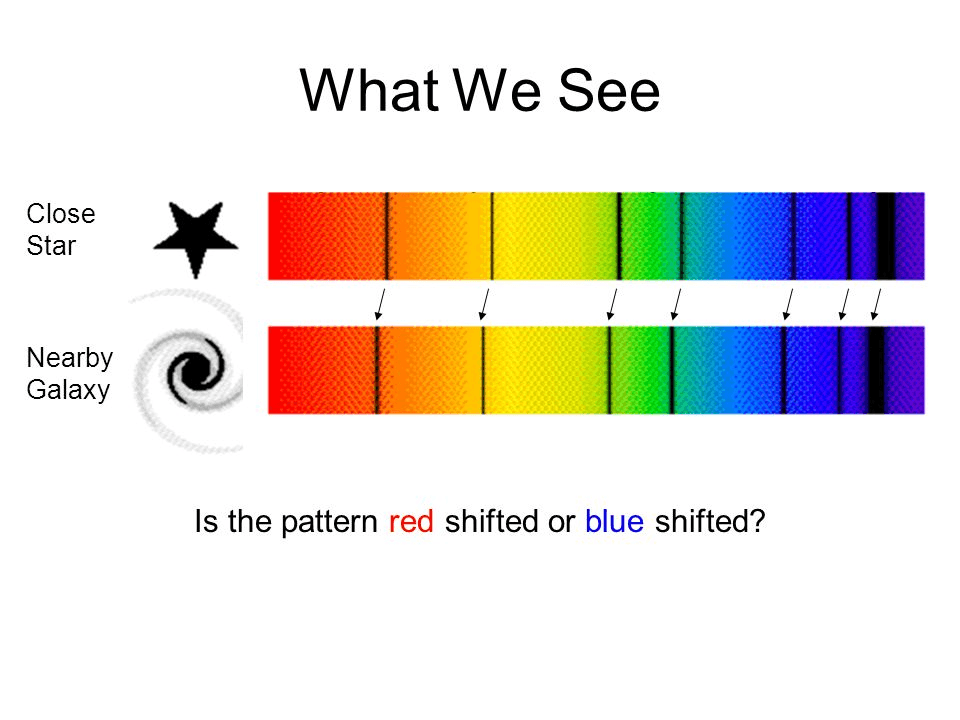
The nearby galaxy (compared to the close star) is redshifted because the spectra lines have shifted towards the red end of the spectrum.
According to the Hertzsprung Russell Diagram below, what type/category of star has a lower surface temperature but a high luminosity?
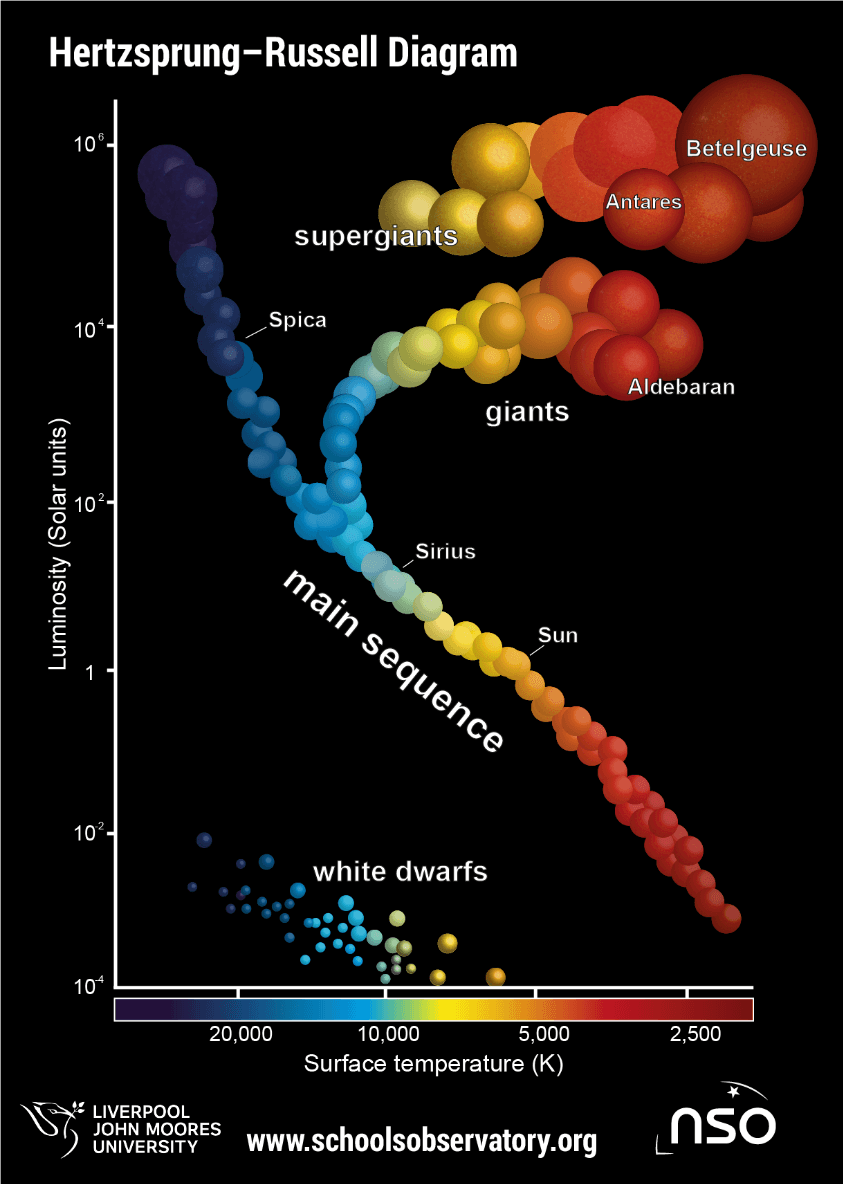
(Red) supergiants (remember that temperature goes from high to low, left to right!)
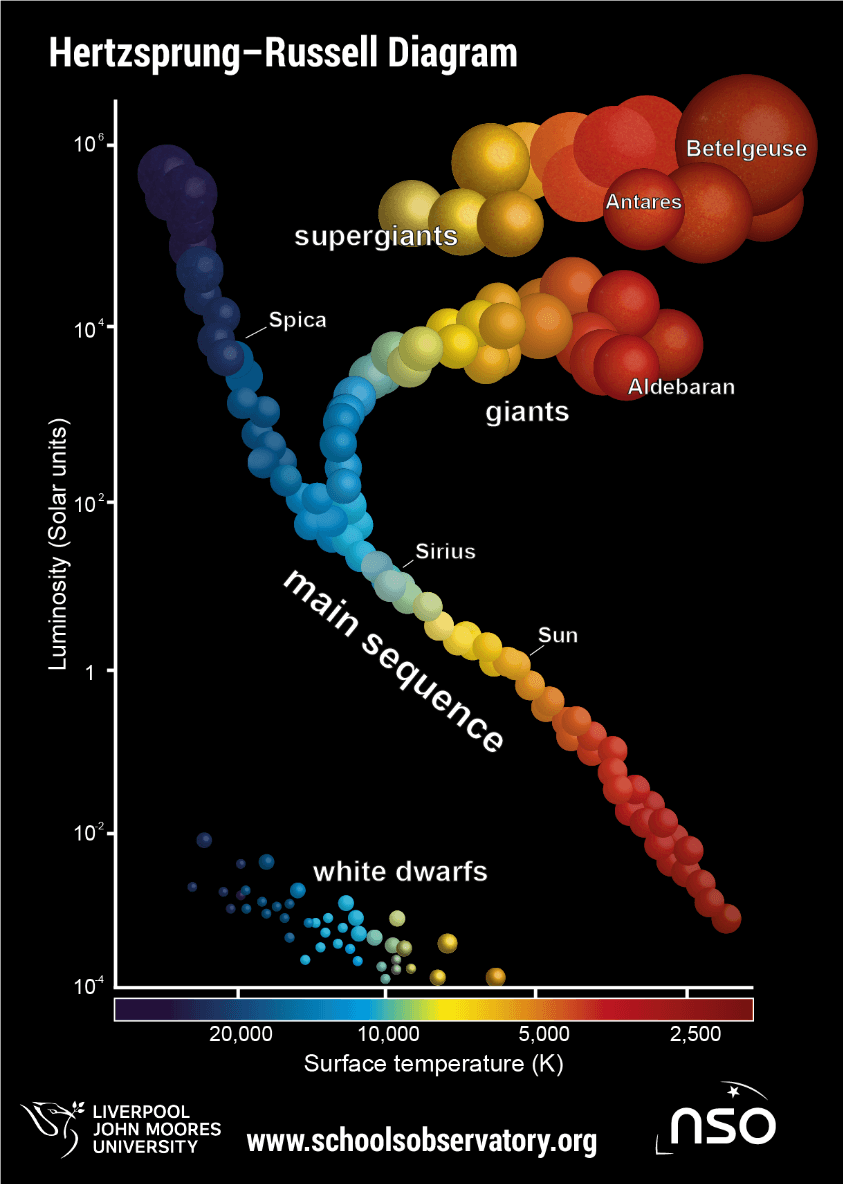
What is the purpose of radioactive dating? / What do scientists use radioactive decay data for?
Scientists use radioactive dating to determine the ages of objects by comparing the percentage of different isotopes (isotopes = atoms of the same element with different numbers of neutrons).
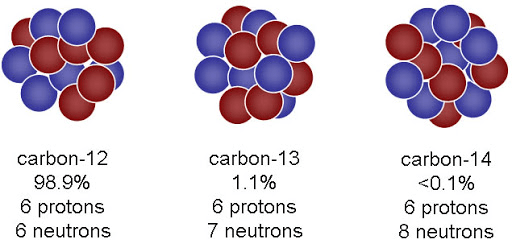
Define subduction using AT LEAST the terms "density", "mantle" and "oceanic crust".
Subduction is when denser crust (like oceanic crust) sinks below a less dense tectonic plate (oceanic or continental) and sinks into the mantle, recycling the crust back into magma.
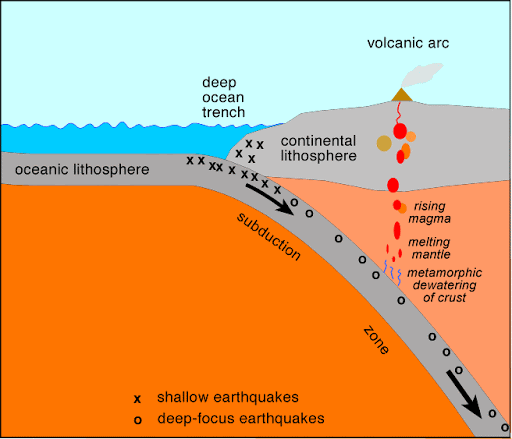
What type of boundary and what type(s) of crust are involved in the creation of folded mountains?
Convergent boundary and two continental plates.
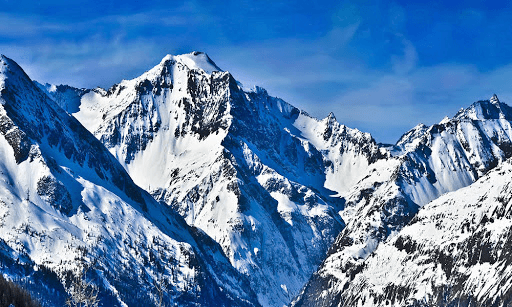
As wavelength gets longer, frequency gets lower, and as wavelength gets shorter, frequency increases. Red colors (orange, yellow, etc.) have longer wavelengths than violet colors (blue, indigo, etc.)
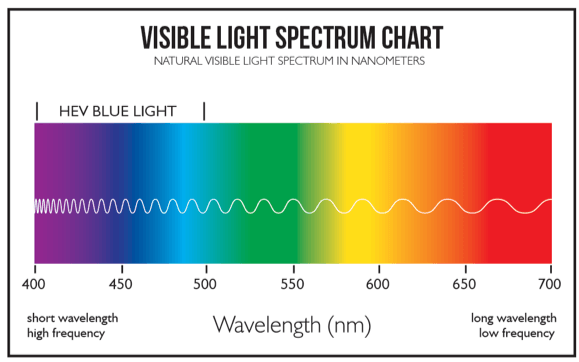
What is the purpose of stellar nuclear fusion, and describe the process (for main sequence stars)
Stellar nuclear fusion provides energy as fuel for stars to burn, and during the main sequence phase, hydrogen atoms fuse together to create the heavier element helium (remember that heavier elements up to Iron are created during the red giant phase, and anything heavier requires additional energy to form [i.e. during a supernova]).
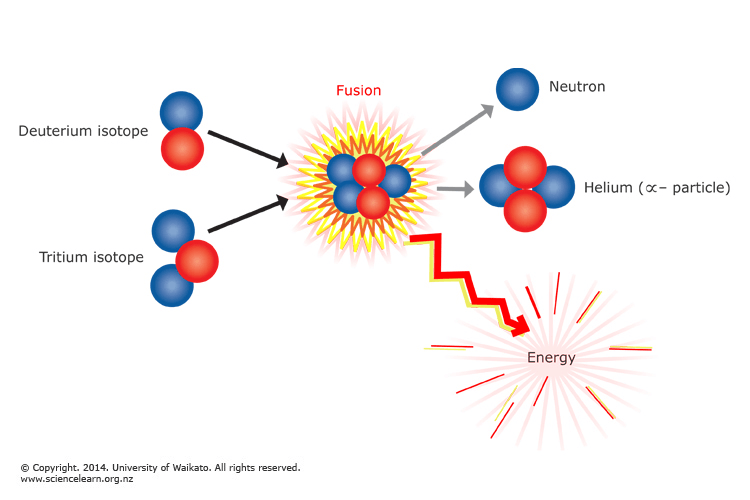
Describe what radioactive decay is, using AT LEAST the terms "parent isotope", "daughter isotope" and "radioactive/radioactivity".
Be sure to make clear the difference between the parent and the daughter isotopes.
Radioactive decay is when a radioactive parent isotope decays, or stabilizes, to a less radioactive daughter isotope.
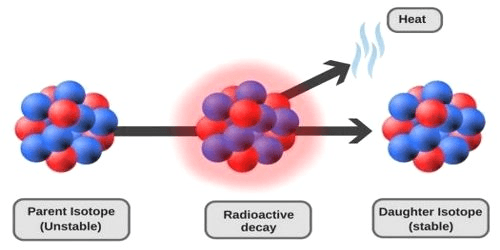
Who is Inge Lehmann, and what was her contribution to the field of science?

Inge Lehmann determined that the inner core was solid and the outer core was molten, using seismic (earthquake) data from around the world.
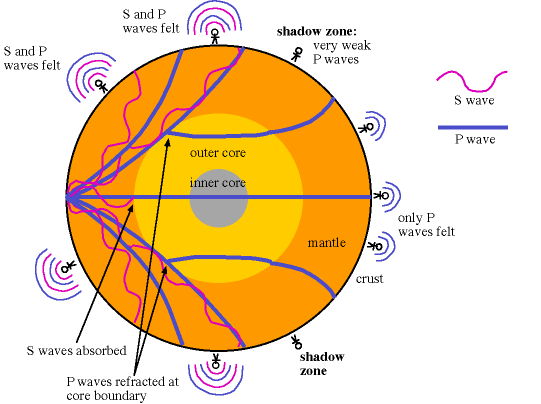
Define deposition (in geology)
Deposition is the addition of sediment to a new area. It can be done with wind, water, gravity, etc. Deposition is considered a constructive force.
